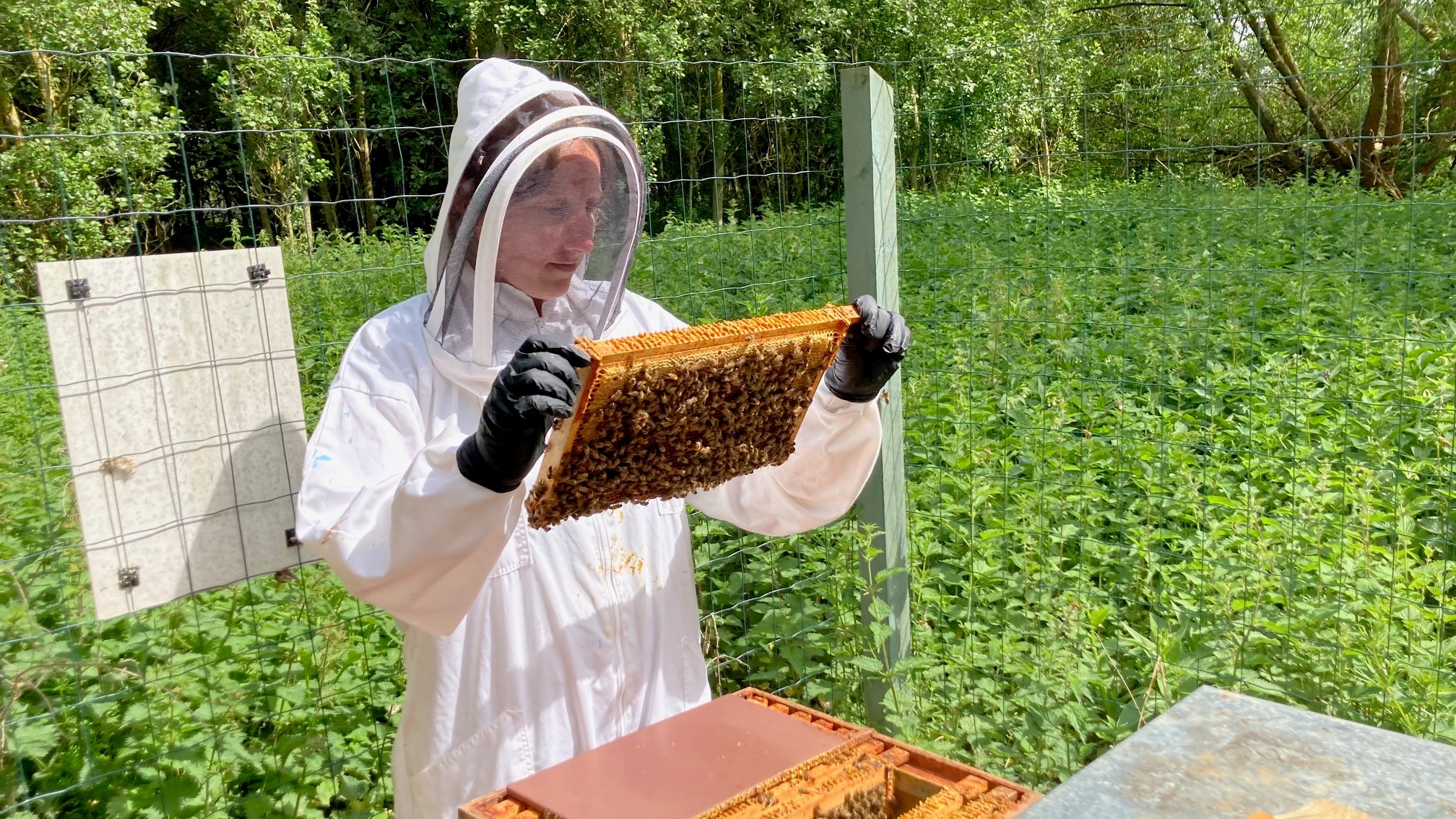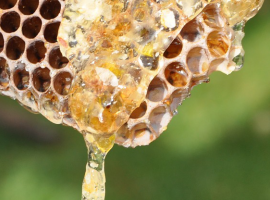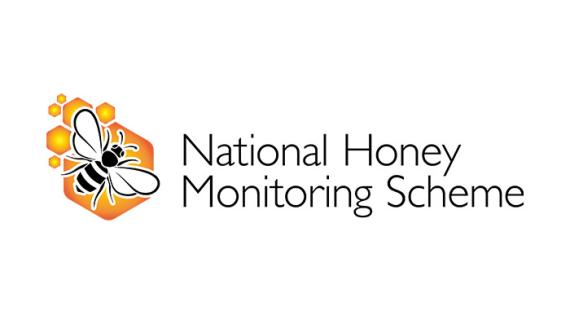The National Honey Monitoring Scheme (NHMS) is a partnership between over 3,500 beekeepers across the UK and researchers at UKCEH.It forms a UK-wide network of environmental data on ecosystem health.
Both honeybees and wild bees have suffered declines in recent years, thought to be linked to agricultural intensification, including pesticide use and loss of habitats/ floral resources, as well as the emergence of new diseases and climate change.

Under the National Honey Monitoring Scheme, beekeepers send in samples of honey for analysis each year. UKCEH then use DNA barcoding to identify the plants visited by bees in the landscape. Our labs also analyse the honey for trace amounts of 89 pesticides. Analysis of the data allows us to rapidly assess the overall health of the ecosystem.


